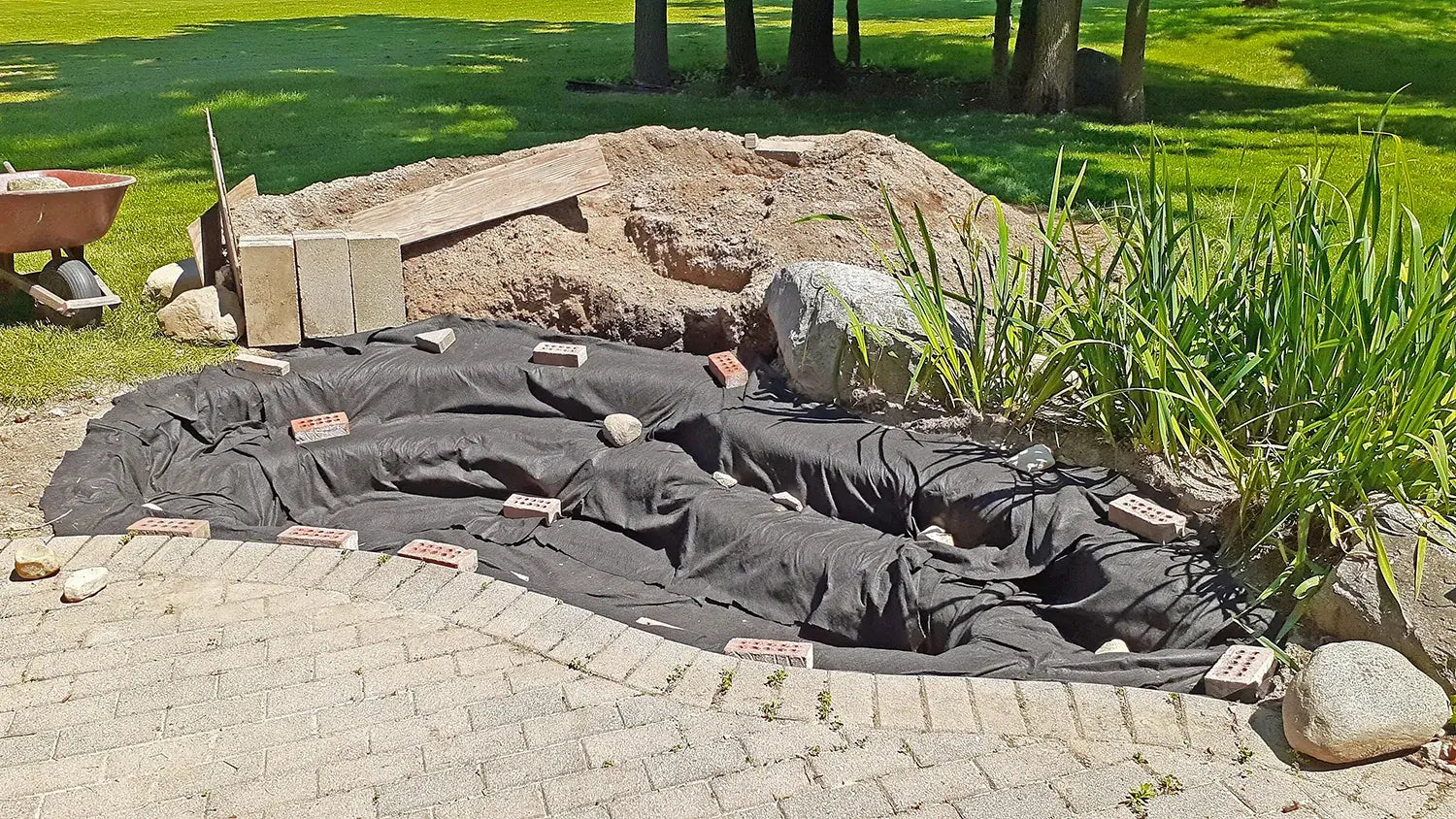
Maximizing Paver Longevity: A Deep Dive into Underlayment Selection and Installation
Investing in beautiful pavers for your patio, walkway, or driveway is a significant home improvement project. To truly maximize the lifespan and aesthetic appeal of your pavers, you can't overlook the crucial role of underlayment. While the pavers themselves grab the spotlight, the underlayment acts as the unsung hero, providing a stable, durable foundation that prevents a host of potential problems. At Granite Landscape Centers, we understand the importance of a solid foundation, and we're here to guide you through the intricacies of underlayment selection and installation.
Why Underlayment Matters
Think of underlayment as the bedrock of your paver project. It's not just about creating a flat surface; it's about ensuring proper drainage, preventing shifting and settling, and protecting your pavers from the elements. Without a well-constructed underlayment, you risk:
-
Uneven Surfaces: Settling and shifting can lead to dips and bumps, creating an unsightly and potentially hazardous surface.
-
Drainage Issues: Poor drainage can result in water pooling, leading to erosion, freeze-thaw damage, and even structural problems.
-
Weed Growth: An inadequate underlayment can allow weeds to push through the pavers, compromising the aesthetic appeal and requiring constant maintenance.
-
Paver Damage: Without a stable base, pavers are more susceptible to cracking, chipping, and other forms of damage.
Selecting the Right Underlayment Materials
The type of underlayment you choose depends on several factors, including soil type, climate, and the intended use of the paved area. Here's a breakdown of common underlayment materials:
-
Compacted Aggregate Base: This is the most common and essential component of paver underlayment. Typically consisting of crushed gravel or limestone, it provides a stable, well-draining base. The aggregate should be compacted in layers to ensure maximum density and stability.
-
Geotextile Fabric: This permeable fabric is placed between the soil and the aggregate base. It prevents soil from migrating into the aggregate, maintaining the integrity of the base and preventing weed growth.
-
Sand Setting Bed: A thin layer of bedding sand is used to create a smooth, level surface for the pavers to rest on. It allows for minor adjustments during installation and helps to lock the pavers in place.
Proper Installation: The Key to Longevity
Even with the best materials, a poorly installed underlayment can lead to problems. Here are some essential installation tips:
-
Excavation and Soil Preparation: Begin by excavating the area to the appropriate depth, accounting for the thickness of the aggregate base, sand setting bed, and pavers. Ensure the soil is properly compacted to prevent settling.
-
Aggregate Base Installation: Install the aggregate base in layers, compacting each layer thoroughly. Use a plate compactor to achieve maximum density. Ensure the base is level and slopes slightly to allow for proper drainage.
-
Geotextile Fabric Placement: Lay the geotextile fabric over the compacted aggregate base, ensuring it extends beyond the edges of the paved area.
-
Sand Setting Bed Installation: Spread a uniform layer of bedding sand over the geotextile fabric. Level the sand using screed rails or pipes to create a smooth, even surface.
-
Paver Installation: Carefully place the pavers on the sand setting bed, ensuring they are level and properly aligned. Use a rubber mallet to gently tap the pavers into place.
Granite Landscape Centers: Your Prep Partner
At Granite Landscape Centers, we offer a wide selection of high-quality materials to help you prep your space. Our knowledgeable staff can provide expert advice and guidance to help you create a beautiful and long-lasting paved area. We understand that quality products, even those that go unseen, are as important as those seen on the surface. Visit us today, and let us help you build a foundation for lasting beauty and functionality.